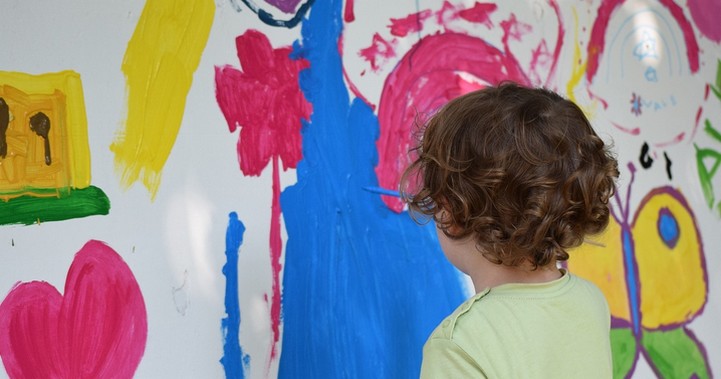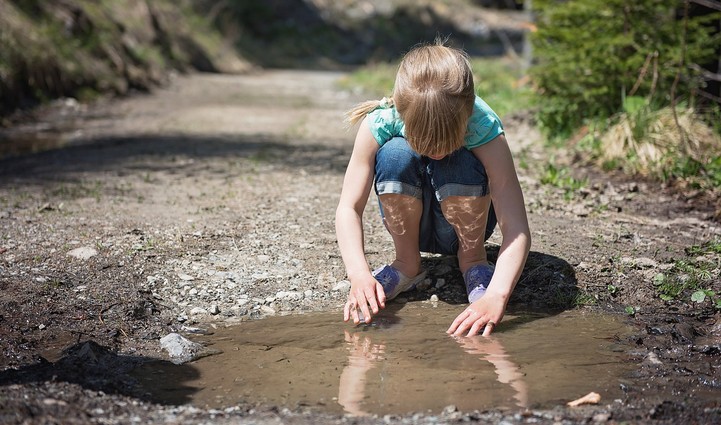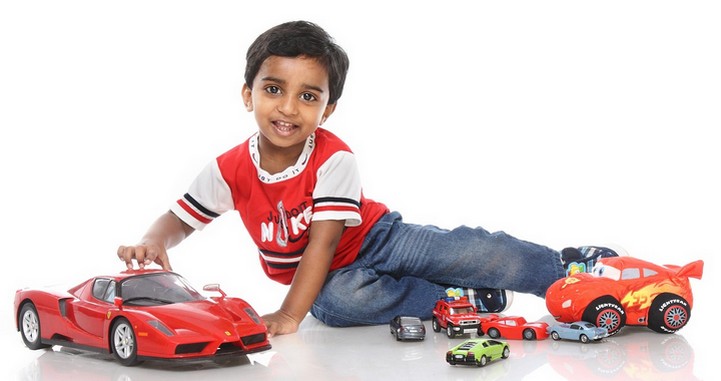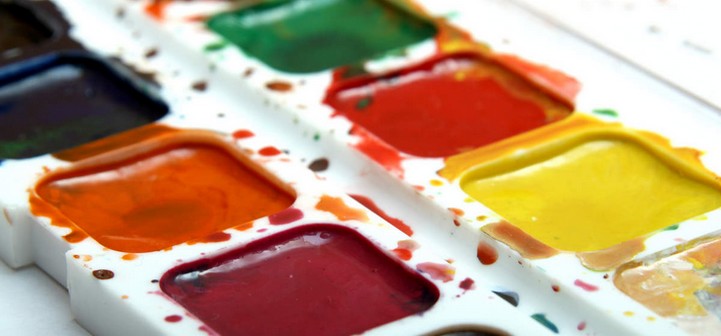
The child care setting can be a great place for children to use and explore different types of art materials. By providing children with many different materials appropriate to their ages and abilities, child care providers can encourage children to use their imaginations and be creative. Children can work on motor skills by stimulation using different types of materials (paper punches, clay, and crayons) and demonstrate an understanding of certain concepts, such as big and small. Through art children are …








